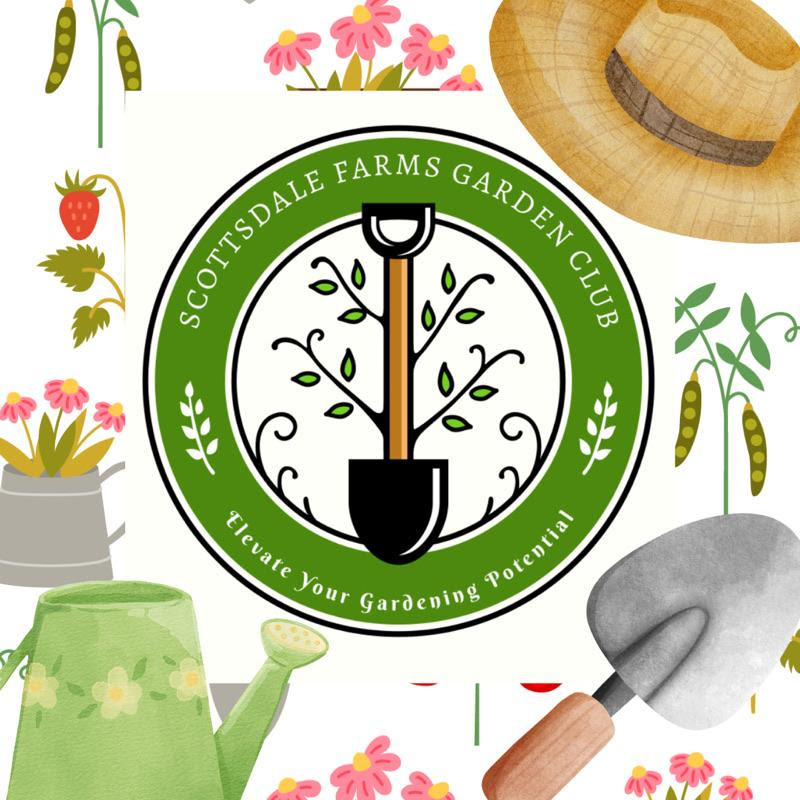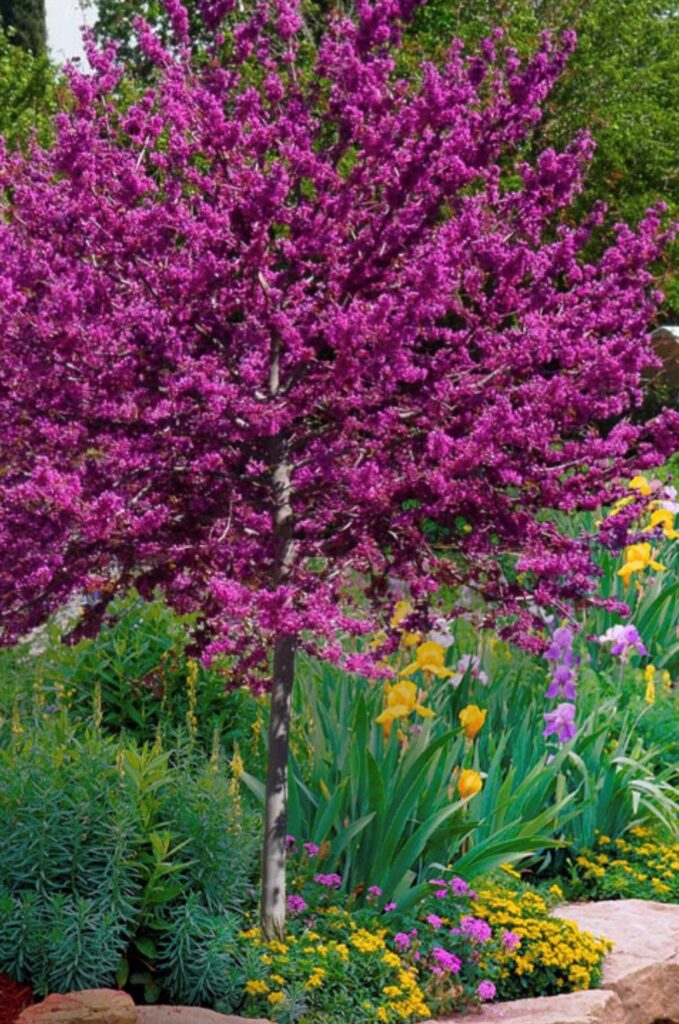Bring on the heat and humidity as we enter July in Georgia! This can be a time of abundance, as our vegetables are producing, heat-loving annuals are bursting with flowers, and many of our trees, shrubs and perennials are pushing growth. Supplemental watering is key during this time of year, so pay close attention to how much rainfall we get each week and supplement as needed. We typically need to water 2-3 times each week if we don’t get enough rain.
Plants need an average of 1-2 inches of rainfall each week. Some thirsty plants and those in direct sun may need more. Water wisely – you don’t need to be attached to the hose if you implement smart strategies to deal with the heat and potential drought conditions that the hot, Summer months bring. Assess your garden in the early morning hours. Heat stress and drought stress look very similar. Heat stress is apparent during the late afternoon hours when the sun is very strong. If the same plants are wilting in early morning hours, they may also be suffering from drought stress. Watering deeply in the early morning hours is ideal. Deep watering allows the water to reach deep roots, where it will not be lost to evaporation. Early morning watering also allows the foliage to dry before the heat of the day sets in, reducing the risk of fungal disease.
Mulch is your friend during times of extreme weather. In addition to suppressing weeds, it cools roots during the heat of the Summer. 2-3 inches is ideal, and it’s never a bad time to add mulch in areas where it may have broken down or washed away. Providing shade to plants that are particularly susceptible to heat stress is helpful. Consider planting taller plants that will cast shade.
Regularly removing spent flowers from annuals and perennials will encourage more blooms and prevent seed production. Inspect for pest damage – properly identify the pests so you can take measures to prevent and/or eradicate them. Our county extension offices are great resources for pest and disease identification. Fungal diseases love high humidity. Pruning to create good air circulation will help prevent fungal disease. Regularly harvest fruits and vegetables to encourage additional fruiting and flowering. Some vegetables will stop fruiting and flowering when the temperatures soar into the 90’s. Watering these plants during this time will help prepare them to continue producing once the temperatures cool.
Don’t stop planting! Bush and pole beans will mature quickly for a late Summer/early Fall harvest. Cucumbers and squash love the heat. Heat tolerant greens and root vegetables may be sown in mid to late July for a Fall harvest. Many herbs thrive in the heat – be sure to harvest to keep the production level high. Fresh herbs are delicious. You may also dry your herbs to enjoy them during Winter months.
Fertilize with care. Fertilizing in mid to late July takes advantage of plants’ natural growing season. Fertilize before forecasted rain for best results. Slow release products work great this time of year. Container grown annuals will likely need fertilizer as they push growth and flowers during the heat. Water soluble products provide immediate nutrients and granules tend to be slow release. Remember that nutrients are washed away during watering, so more frequent fertilization on container grown plants is required.
Take notes in your garden. What’s working and what isn’t? These notes will help you make different choices when you plan your garden for next Summer. Now is a great time to ask friends and neighbors what is working well in their gardens. Our outdoor staff can also provide valuable input. Stop by and chat with us.
July is a great time to garden if you garden wisely. Early morning hours are the perfect time to be outside, inspecting, watering, harvesting, and pruning. Wear a hat and drink plenty of water – plants aren’t the only living things that wilt in the heat. Join us for a discussion of common plant problems at our next Scottsdale Farms Garden Club meeting on Tuesday, July 8th at 10:00 in the pavilion. We will learn how to identify and remedy plant pests and diseases.


